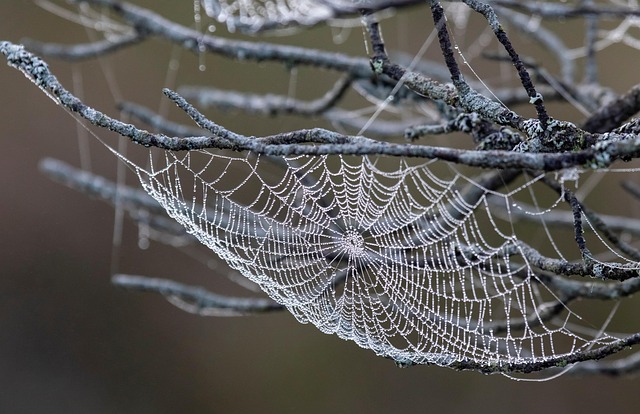When we think of photography, we often focus on the broad strokes—captivating landscapes, heartwarming portraits, or striking street scenes. Yet, it’s in the fine details where the magic truly happens. Each photograph is not merely a captured moment, but a carefully constructed layer of elements that weave together to tell a deeper story.
In photography, the subject is only one component of the composition. The interplay of light, shadow, texture, and color creates a rich tapestry that enhances the viewer’s experience. Fine details such as the way sunlight filters through leaves or the intricate patterns found in old brick walls can transform a simple image into a work of art. These layers of imagery invite the audience to look closer, to explore the nuances that might otherwise go unnoticed.
Your camera, equipped with a quality lens, acts as a bridge between the photographer and the subject. The optics play a critical role in how these fine details are captured. A wide aperture can blur the background, isolating the subject and accentuating the details within—for instance, the delicate strings of a spider’s web in morning dew. Conversely, a narrower aperture allows for greater depth of field, revealing a tapestry of fine details throughout the entire scene. This decision fundamentally changes how the story unfolds within the frame.
The viewpoint and angle you choose to shoot from are also pivotal in layering your composition. By experimenting with different perspectives, the fine details you capture can often shift the narrative. A low-angle shot of flowers can reveal their intricate textures and colors against the sky, while a high-angle view might showcase their placement in the broader landscape. This versatility enriches the image, highlighting how different layers contribute to our understanding of the scene.
Editing also allows us to accentuate those fine details. Subtle adjustments in contrast or saturation can bring hidden textures to life or unify elements within the photograph. When done carefully, post-processing can unlock layers that were previously obscured, guiding the viewer’s eye to the intricacies that add depth and meaning to the composition.
As photographers, it’s vital to cultivate an awareness of these layers. Fine details aren’t just secondary elements; they are the essence of storytelling in photography. Training your eye to recognize and appreciate them can elevate your work from simple snapshots to profoundly engaging art. Every click of the shutter holds the potential for discovery, urging us to explore the beauty that lies within the frame.
So next time you grab your camera, remember to take a moment to focus on the fine details. Embrace the layers that make up your photographs, and you might just find that your artistry flourishes with each careful observation. Whether you’re shooting in the bustling heart of the city or the serene peace of nature, let the fine details be your guide in capturing unforgettable images.



